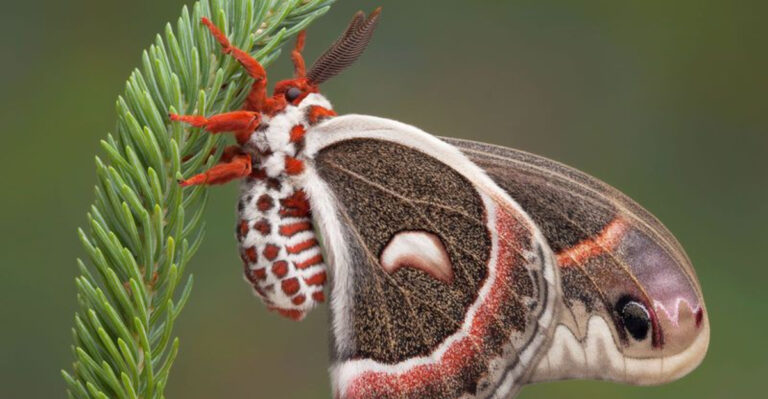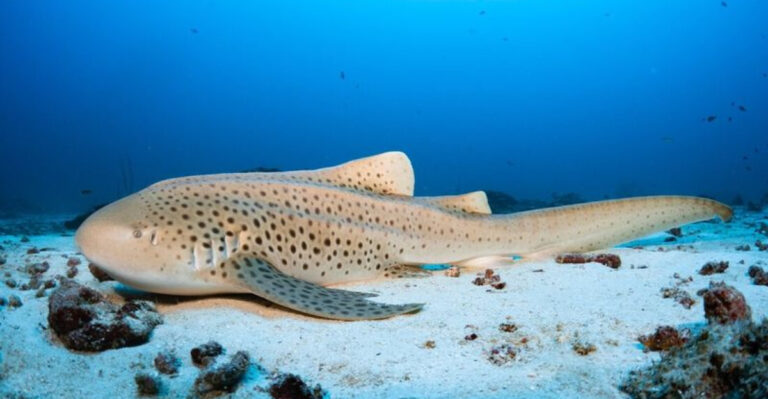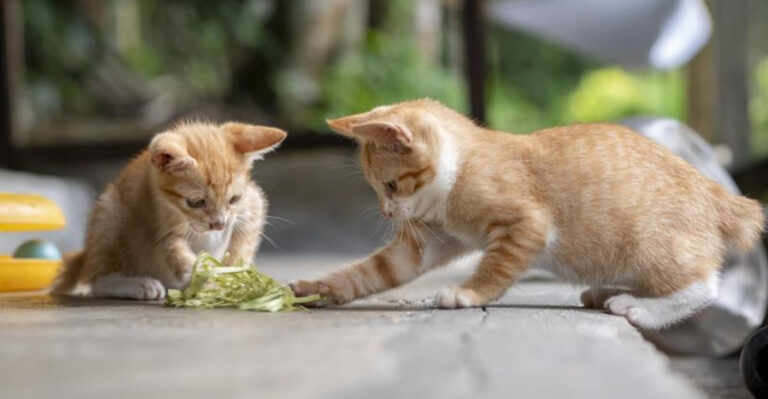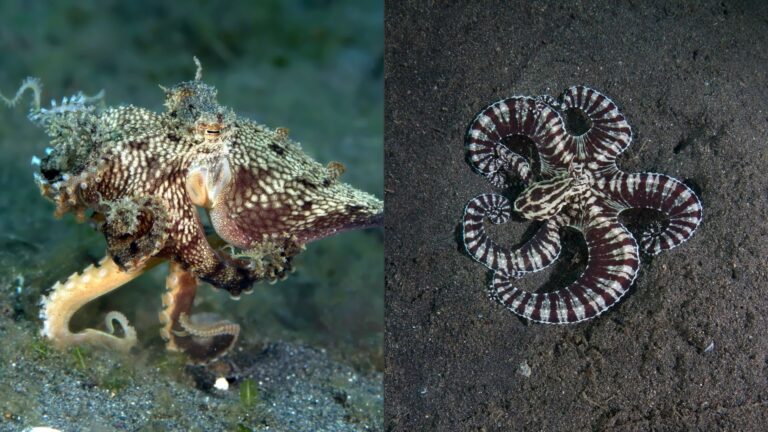20 Sensitive Dog Breeds That Can’t Thrive Without Your Constant Attention

Ever felt those puppy eyes following you from room to room? Some dogs aren’t just pets – they’re emotional shadows who genuinely struggle when left alone.
These sensitive companions have been bred for generations to work alongside humans, creating deep bonds that make separation particularly difficult. Before bringing one home, understand that these breeds need your time, attention, and presence to truly flourish.
1. Border Collie
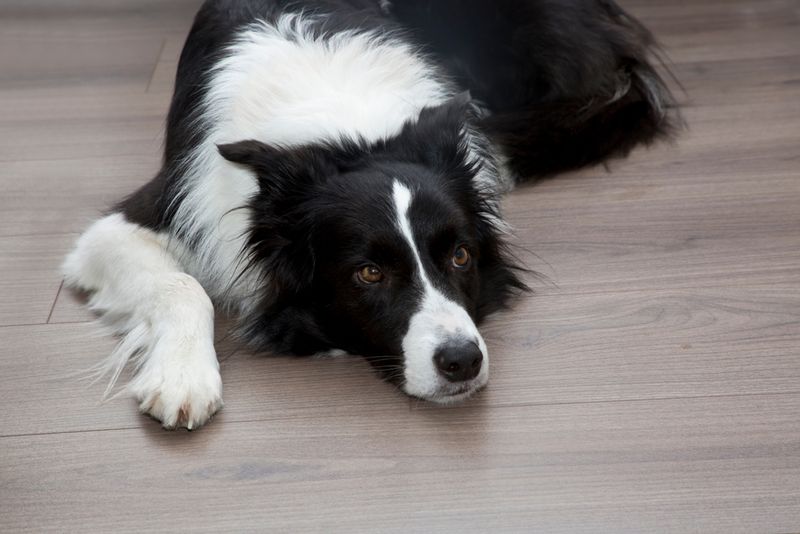
Imagine having a furry Einstein who gets destructive when bored! Border Collies possess incredible intelligence that requires constant mental stimulation.
Without regular challenges and companionship, they often develop anxiety behaviors like excessive barking or destructive chewing. Their herding background means they’re programmed to work closely with humans all day, making alone time particularly difficult for these sensitive souls.
2. Italian Greyhound
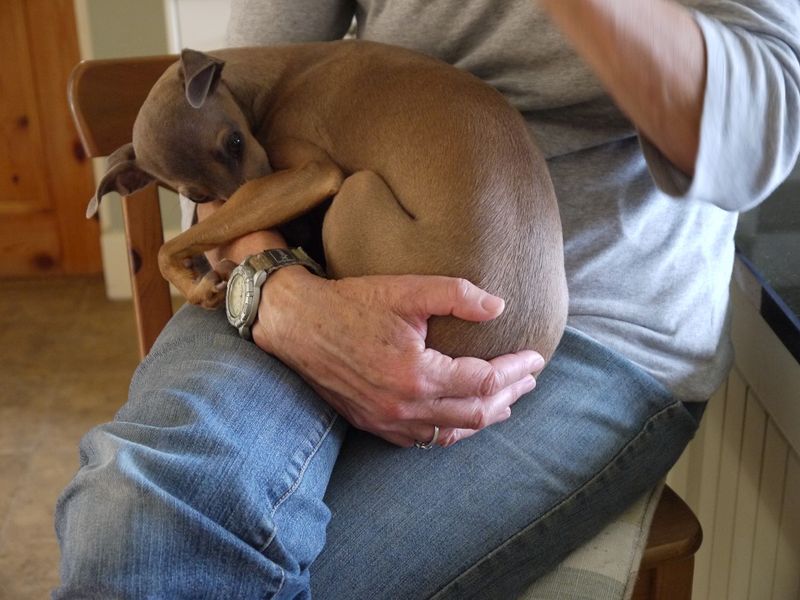
Fragile in both body and spirit, these miniature sighthounds shiver at more than just cold temperatures. Italian Greyhounds form intense bonds with their humans and often struggle with debilitating separation anxiety.
Many owners report these delicate pups refusing meals, becoming withdrawn, or even becoming physically ill when left alone for extended periods. Their thin skin and gentle temperament make them emotional barometers of their environment.
3. Cavalier King Charles Spaniel

Behind those melting brown eyes lies a heart that beats primarily for human connection. Cavaliers were specifically bred as companion dogs for nobility, with centuries of genetic programming to be near humans constantly.
Leave one alone too long and you’ll likely return to sorrowful howling or destroyed household items. Their velvet-soft ears aren’t just for petting – they’re attached to dogs who physically need your presence to feel secure.
4. German Shepherd
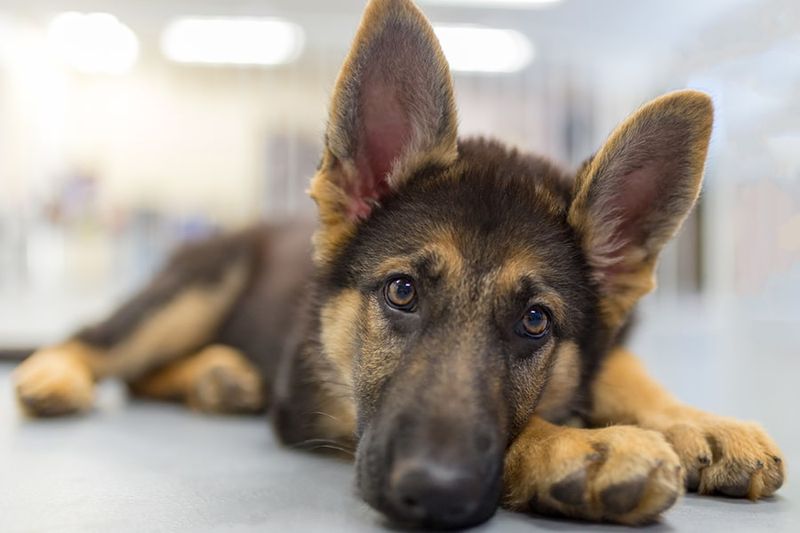
Famous for police work, these intelligent dogs form bonds so intense they can become problematic. German Shepherds develop deep emotional connections with their families, often appointing themselves as personal guardians.
When separated from their people, many experience genuine distress manifesting as pacing, whining, or destructive behaviors. Their protective instincts mean they’re constantly monitoring your whereabouts, making your absence particularly difficult for these sensitive working dogs.
5. Bichon Frise
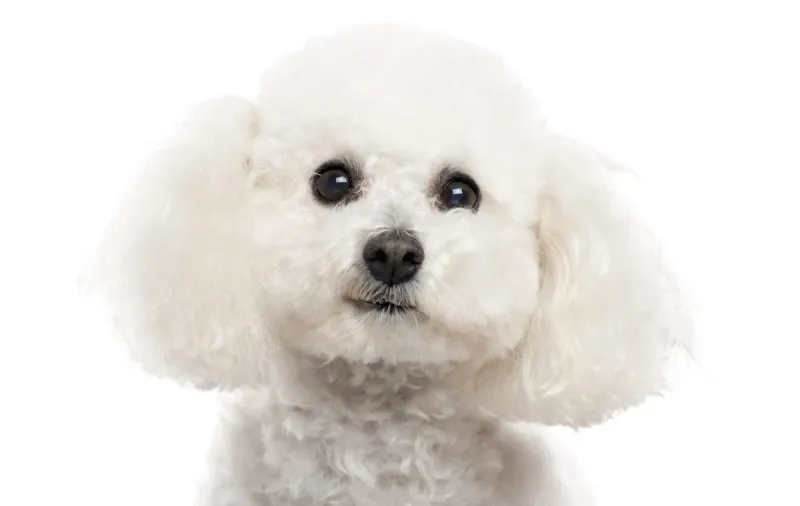
Don’t let that fluffy exterior fool you! Underneath that cloud-like coat beats the heart of an extremely social creature. Bichons were bred specifically to be companion animals and absolutely wilt without regular human interaction.
Their cheerful demeanor quickly fades when left alone, sometimes leading to depression or anxiety behaviors. Many Bichon owners report their dogs following them even to the bathroom – they’re that attached to their humans!
6. Australian Shepherd
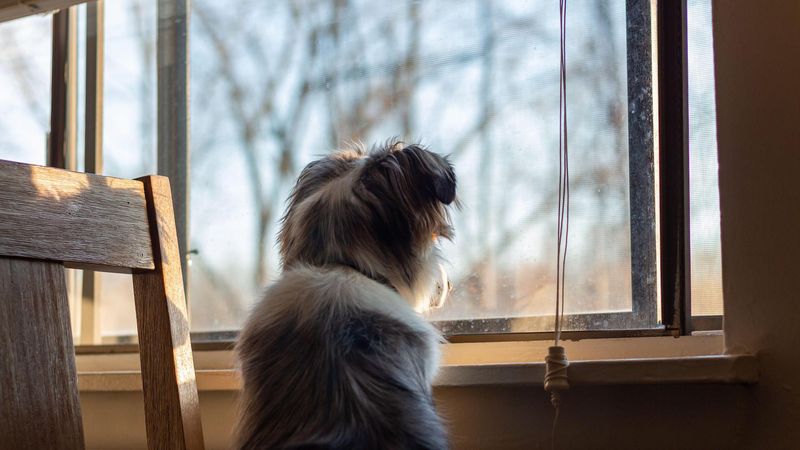
Boundless energy meets razor-sharp intelligence in this working breed that craves constant engagement. Australian Shepherds were developed to work alongside ranchers all day, making them particularly lost without human direction. Without adequate attention, these dogs often channel their frustration into destructive behaviors or develop compulsive habits. Their herding instinct means they’re programmed to keep track of their ‘flock’ – which includes you – making separation particularly stressful.
7. Vizsla
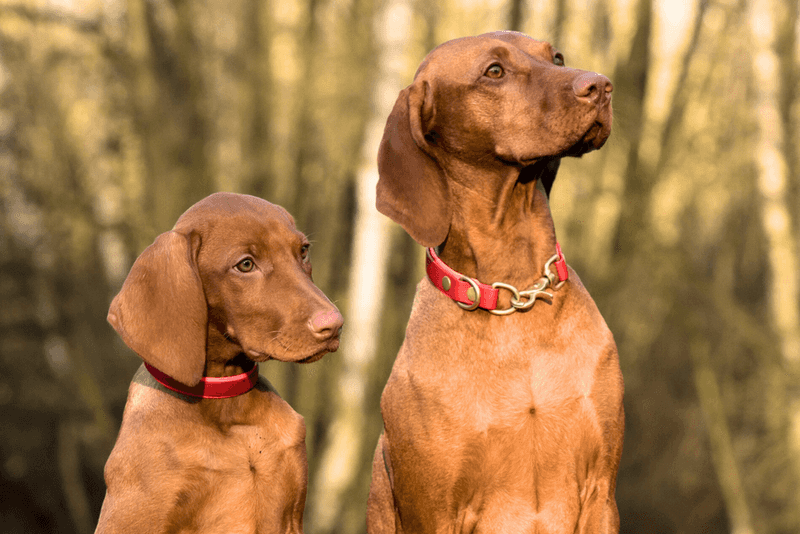
Nicknamed ‘velcro dogs’ for good reason! These Hungarian pointers are famous for their inability to understand personal space. Vizslas physically need to be touching their humans, often leaning against legs or curling up directly on laps despite their medium size.
When left alone, they commonly experience panic that manifests as howling, destructive chewing, or escape attempts. Their sensitive nature makes them especially vulnerable to developing serious separation anxiety if not properly conditioned from puppyhood.
8. Toy Poodle
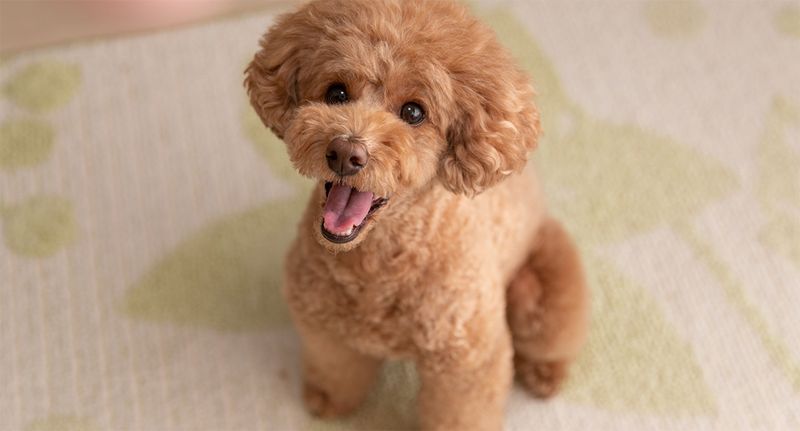
Small in size but enormous in emotional needs! Toy Poodles rank among the most intelligent breeds and require both physical and mental engagement from their owners. Their sensitivity makes them quick to pick up on emotional changes in the household, often mirroring their owner’s stress.
Many Toy Poodle owners discover their tiny companions become anxious or depressed when left alone regularly, sometimes refusing food or developing compulsive behaviors like excessive licking.
9. Shih Tzu
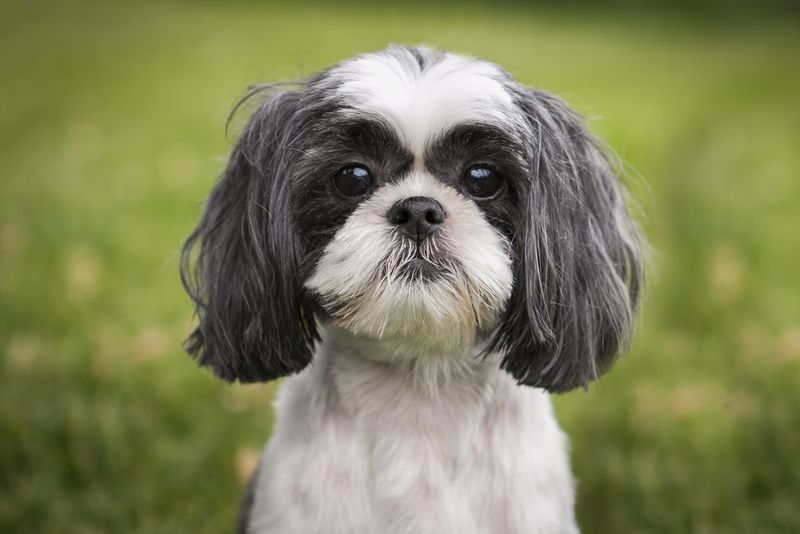
Bred specifically for Chinese royalty as lapdog companions, these little lions have never known a life of independence. Centuries of selective breeding have created dogs whose primary purpose is human companionship.
Many Shih Tzus become visibly distressed when separated from their owners, sometimes refusing to eat or becoming lethargic. Their flat faces aren’t just adorable – they’re perfectly designed for close-up eye contact that strengthens the human-dog bond they desperately need.
10. Cocker Spaniel
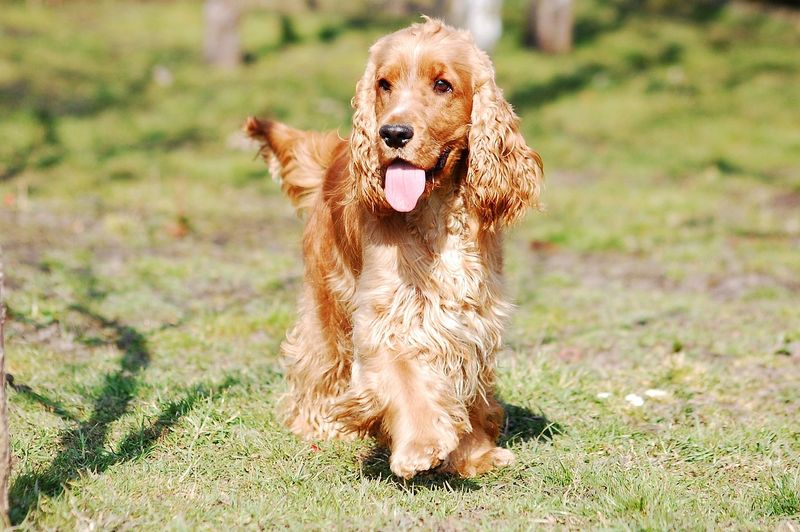
Those soulful eyes aren’t just for show – they’re windows into an extremely sensitive canine heart. Cocker Spaniels form intense emotional bonds with their families and often struggle significantly when left alone.
Their gentle nature makes them particularly vulnerable to stress, sometimes developing stress-related health issues like skin problems when routinely separated from owners. Many Cocker owners report their dogs becoming depressed or anxious without regular human interaction and affection.
11. Pug

Behind that wrinkled face lies a social butterfly who withers without attention. Pugs were specifically bred to be companions to Chinese royalty and have never developed independence as a trait.
Their people-oriented personalities make them particularly vulnerable to separation anxiety, often manifesting as excessive barking or destructive behaviors. Many Pug owners discover their wrinkly friends following them from room to room, physically unable to let their humans out of sight.
12. Maltese
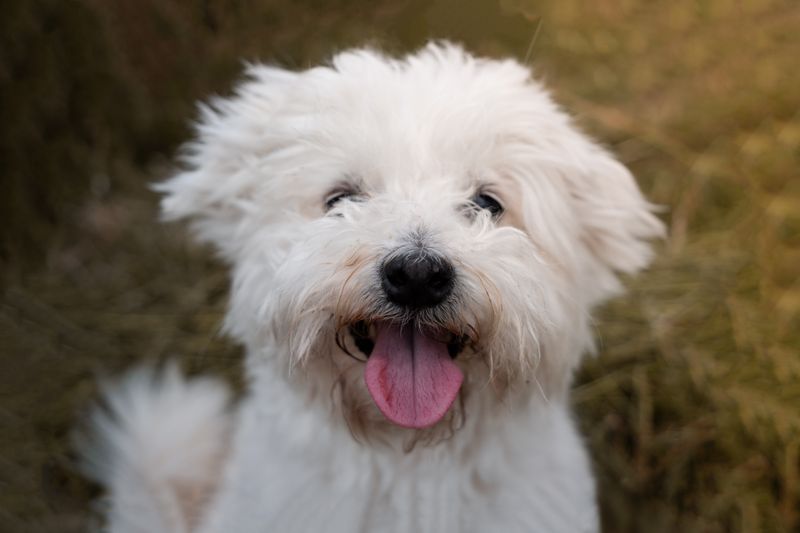
For over 2,800 years, these tiny white dogs have had exactly one job: being your devoted companion. Maltese dogs have been selectively bred for millennia to form intense bonds with humans. Their delicate nature extends beyond their physical appearance to their emotional needs.
When routinely left alone, many develop significant behavioral issues including excessive barking, destructive chewing, or inappropriate elimination. Their entire genetic programming revolves around human interaction.
13. Shetland Sheepdog
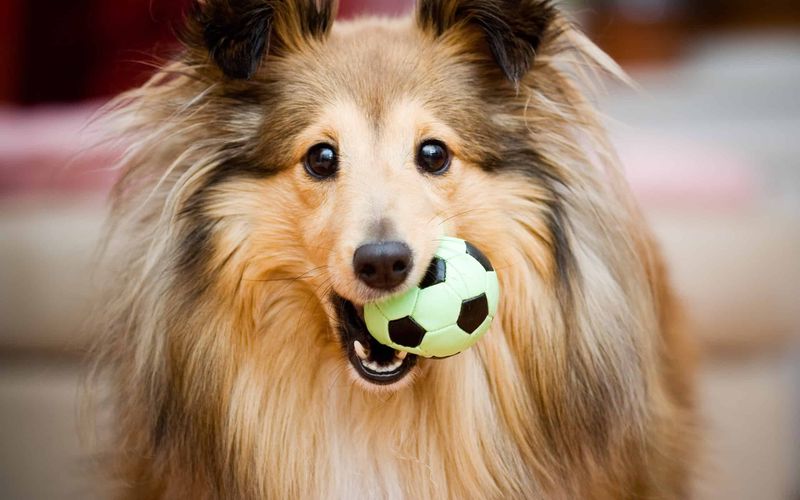
Alert and watchful, these mini-Collie lookalikes track your every move with intense focus. Shelties were bred to work closely with shepherds, developing an uncanny ability to anticipate their owner’s needs and movements.
This working background makes separation particularly difficult, as they’re programmed to stay near their handler. Many Sheltie owners report their dogs becoming anxious when family members are in different rooms, trying to ‘herd’ everyone back together for easier monitoring.
14. Brussels Griffon
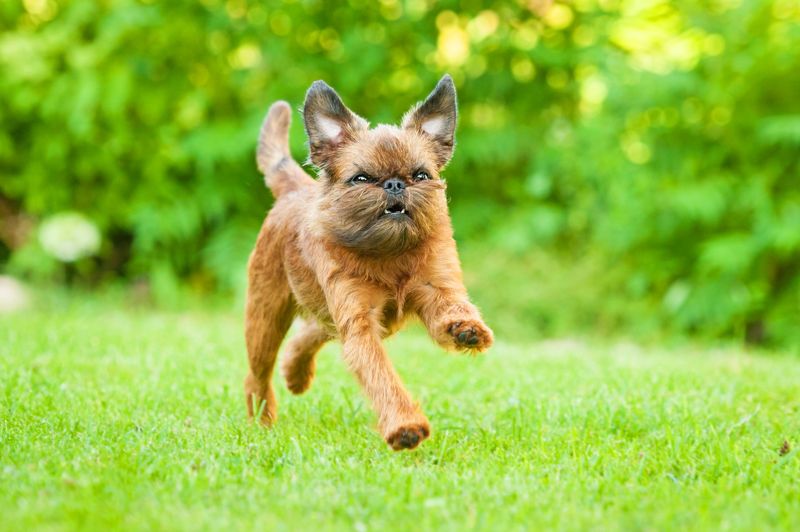
With an almost human-like face, these little dogs form attachments so strong they’re practically telepathic. Brussels Griffons are famous for their expressive eyebrows and ability to mirror their owner’s emotions with uncanny accuracy.
Their sensitivity makes separation particularly difficult, often leading to depression or anxiety when left alone regularly. Many Griffon owners report their dogs becoming visibly distressed even before departure cues like picking up keys, showing their deep emotional connection.
15. Papillon

Don’t let those delicate ears fool you – these tiny dogs have enormous emotional needs! Papillons combine exceptional intelligence with extreme sensitivity, creating a companion that requires constant mental and emotional engagement.
Their alert nature means they notice even subtle changes in routine, often becoming anxious at the first sign of separation. Despite their dainty appearance, many Papillon owners discover their butterfly-eared friends are surprisingly vocal about their distress when left alone.
16. Miniature Schnauzer
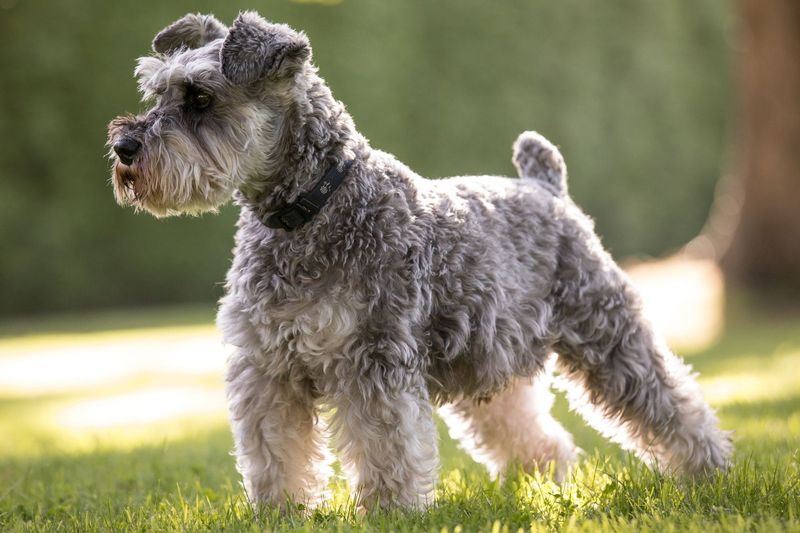
Underneath that distinguished beard lies a heart that beats primarily for human companionship. Miniature Schnauzers form intense bonds with their families and often struggle significantly with separation. Their alert, watchful nature means they’re constantly monitoring their people’s whereabouts.
Many Schnauzer owners discover their bearded companions develop problematic behaviors like excessive barking or destructive chewing when left alone regularly, stemming from genuine emotional distress rather than misbehavior.
17. Havanese

Cuba’s only native breed takes the concept of ‘companion dog’ to new heights! Havanese dogs were specifically developed to be indoor companions to wealthy families, never intended to function independently. Their entire genetic makeup revolves around human connection. Many Havanese owners report their silky companions following them from room to room, unable to relax unless in physical contact with their humans. When separated, they often experience genuine distress manifesting as anxiety behaviors.
18. Pomeranian
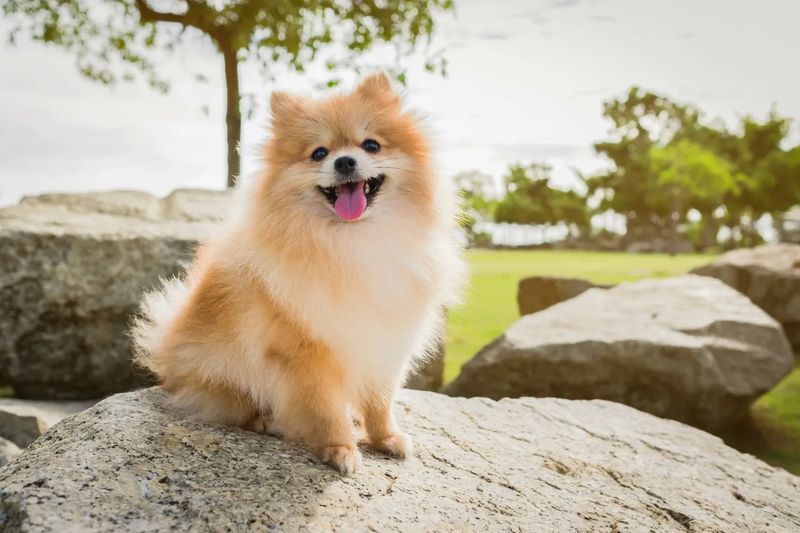
Behind all that fluff beats the heart of an intensely attached little watchdog. Pomeranians may look like living stuffed animals, but they possess surprisingly complex emotional needs and form deep bonds with their owners. Their alert nature makes them hyper-aware of your movements and routines. Many Pom parents discover their fluffy companions become excessively vocal or develop anxiety behaviors when left alone regularly, stemming from genuine emotional distress rather than simple misbehavior.
19. Basenji

Famous for not barking, these ancient hound dogs communicate their distress in other concerning ways. Basenjis form extremely strong bonds with their chosen people and often struggle significantly when separated.
Their independent appearance masks a sensitive soul that needs consistent companionship. Many Basenji owners discover their quiet companions express separation anxiety through destructive chewing, escape attempts, or the distinctive ‘Basenji yodel’ that emerges when they’re particularly distressed.
20. Jack Russell Terrier
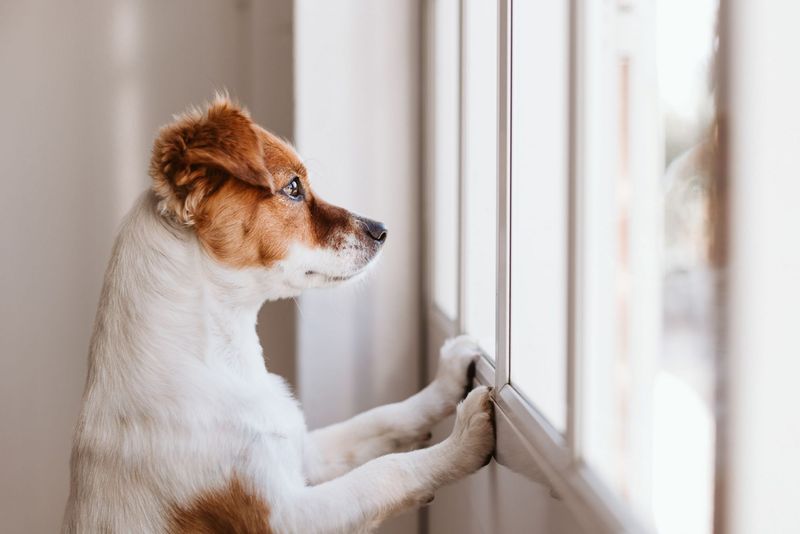
Beneath that bouncy exterior lies a working dog with intense needs for engagement and purpose. Jack Russells were bred to work alongside hunters all day, making them particularly lost without human direction and companionship.
Their incredible energy combined with high intelligence becomes problematic when left alone. Many Jack Russell owners discover their terriers channel frustration into destructive behaviors or develop compulsive habits like tail-chasing when regularly separated from their people.

